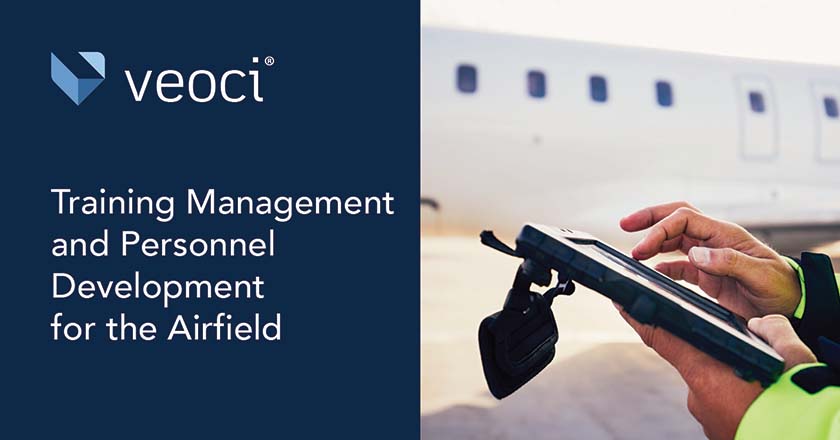Managing the professional development of employees can be tricky, and the difficulty of the balancing act scales alongside an organization’s size.
Airports have a lot of moving parts, and the seamless machine we usually see from the terminals is the hard work of many people in the building and on the airfield.
That level of precision at the airport isn’t random. Airport employees must complete training courses for procedures and equipment to comply with local and federal regulations, and we get to enjoy the good results of that effort.
Training Management as an Investment
Some jobs require certifications and other methods of verifying an individual has the skills and knowledge needed to perform a function. If an employee doesn’t already have those credentials, an organization needs to make those accreditations available to an employee.
The minimum shouldn’t be the goal, however. Airports and other organizations should push their employees to pursue skills through courses and other means that help them build skills like communication, personnel management, and technical application.
Doing this does mean spending money, sure. And for organizations and airports with tighter budgets, it may not be an option. But larger budgets can accommodate their employees that want to grow, and they should. Many leaders across all industries believe the investment organizations make into their people does come back around and results in a net positive.
Those numbers won’t just materialize. Any organization that wants to track the return of the trainings their employees take will need a solution to track their progress.
Keeping Everything in Order
A Pulse into Personnel Development
Any solution an organization implements for tracking the training and development of their employees should be able to capture and normalize data. Some roles share certifications and other trainings. Soft skill-oriented development often has wide application. But the more technical you get, the more specific training becomes.
A solution should be able to take in the data regardless of its applicability and standardize it in a report. This gives managers a complete view of an employee’s professional development, and allow them to make the right recommendations for individual employees.
Administrative Measures for Development
Comprehensive records for each individual, as we just outlined, are a great tool. But managers need something to compliment those records, something that shows them the status of trainings for every individual under their supervision.
Each employee should track their progress with a particular training. While they can update their supervisors as they go via email or other communications, an organization should take advantage of technology and build a workflow that moves forward alongside an employee’s training.
Ideally, this workflow can feed into a report. Veoci, for example, can show all the data from each employee’s work-in-progress trainings on a dashboard, eliminating the need for a manager to go through individual records and workflows to understand where things stand. A manager can step in and facilitate where they see bottlenecks using a dashboard.
Notifications and Expirations
Some trainings and certifications expire. Many are valid for a few years, and in that time it’s easy for both personnel and their managers toforget to start the renewal process.
Certifications try to keep up with industry standards. New technology and regulations can drastically change the nature of an operation, and the administrators of trainings try to keep their materials in line with new expectations.
We all forget something occasionally, and annual, biannual, and triannual events are typical victims of that forgetfulness.
Technology can keep personnel and their managers ahead of the forgetfulness using notifications. A solution should enable timely notifications that remind any stakeholders to pursue certification and training renewals. Notifications may seem like a nice-to-have, but they can also be the final piece in creating an effective solution.








